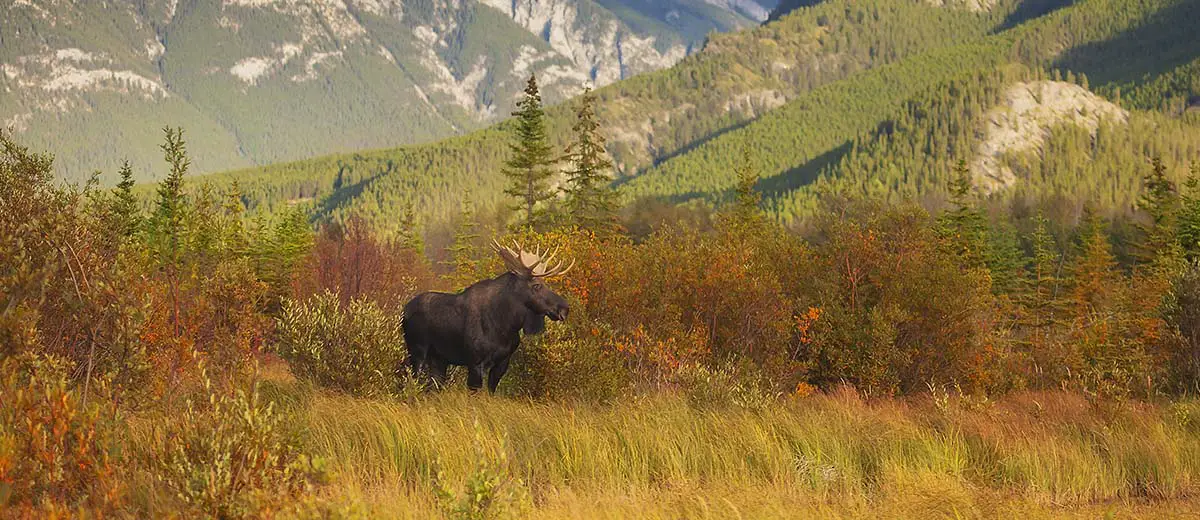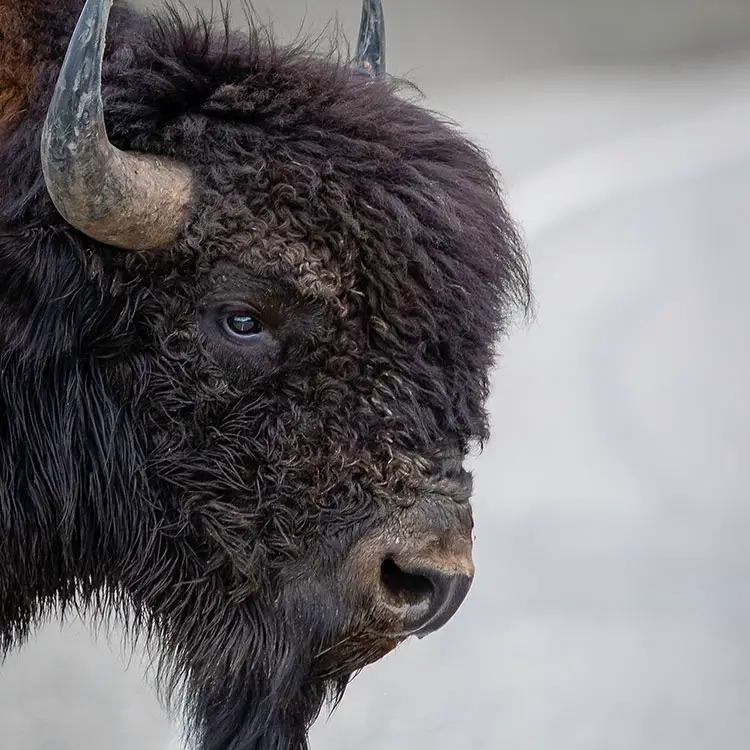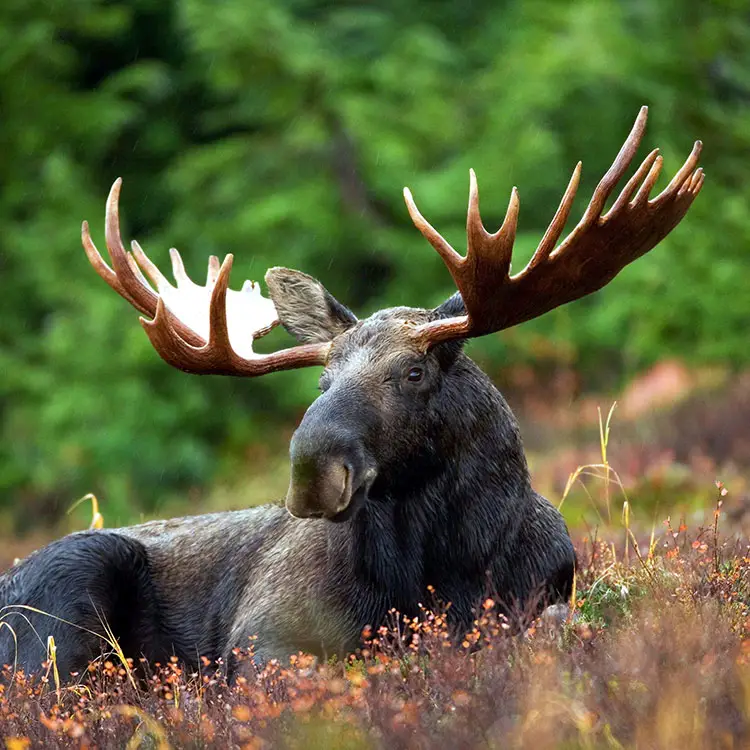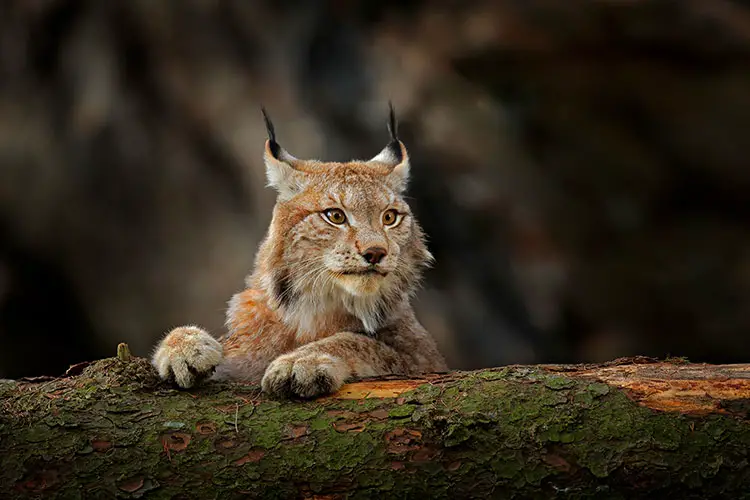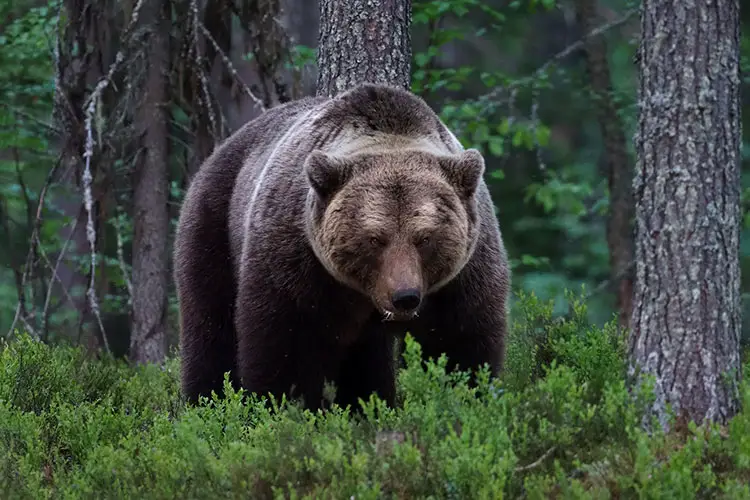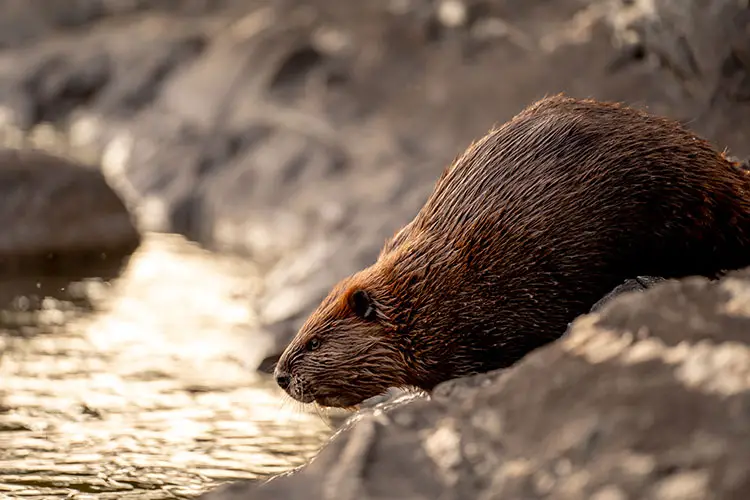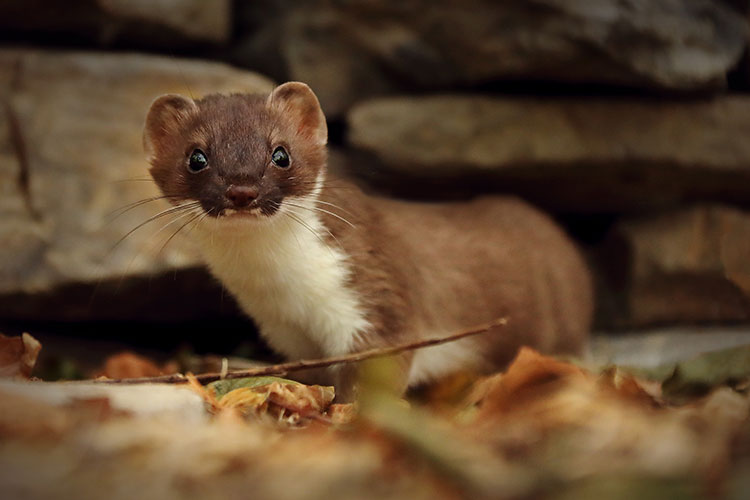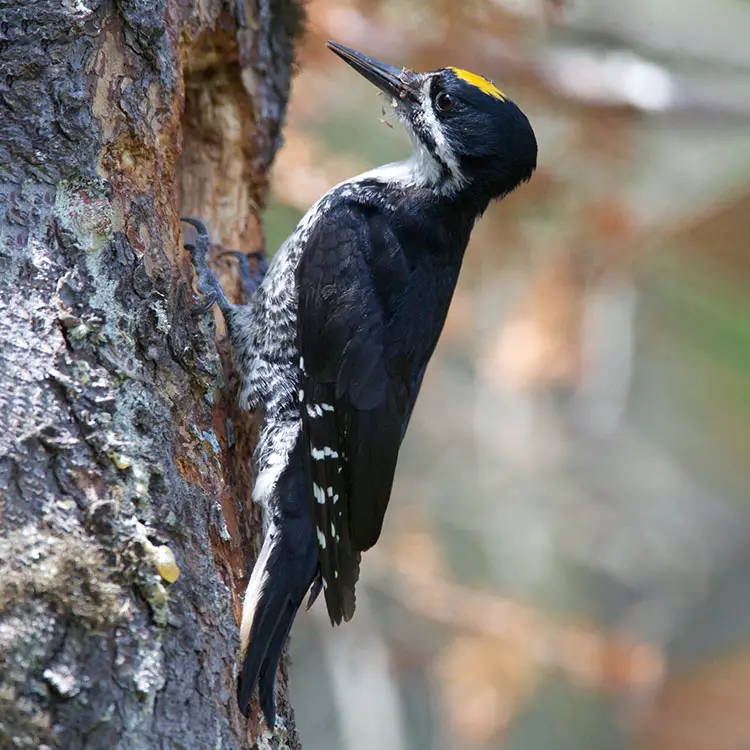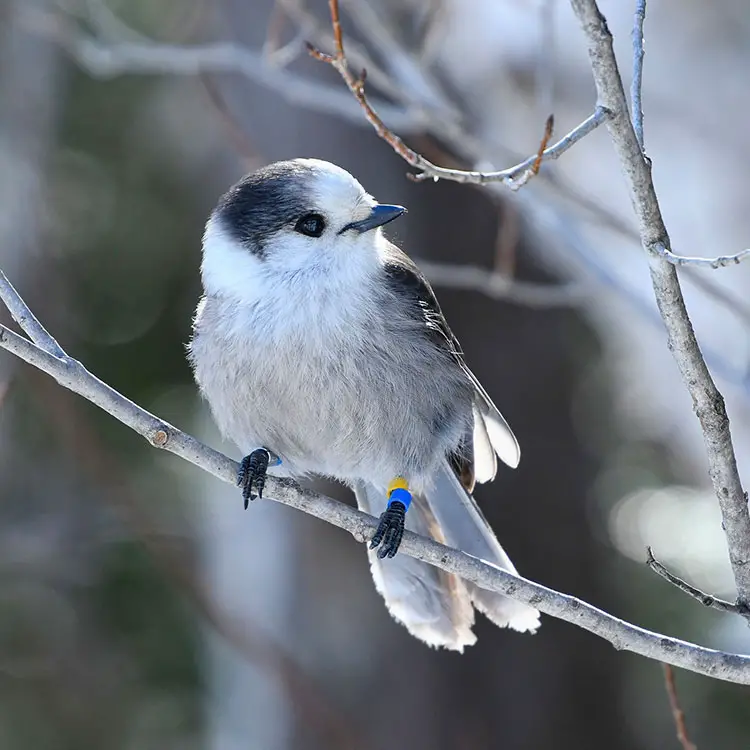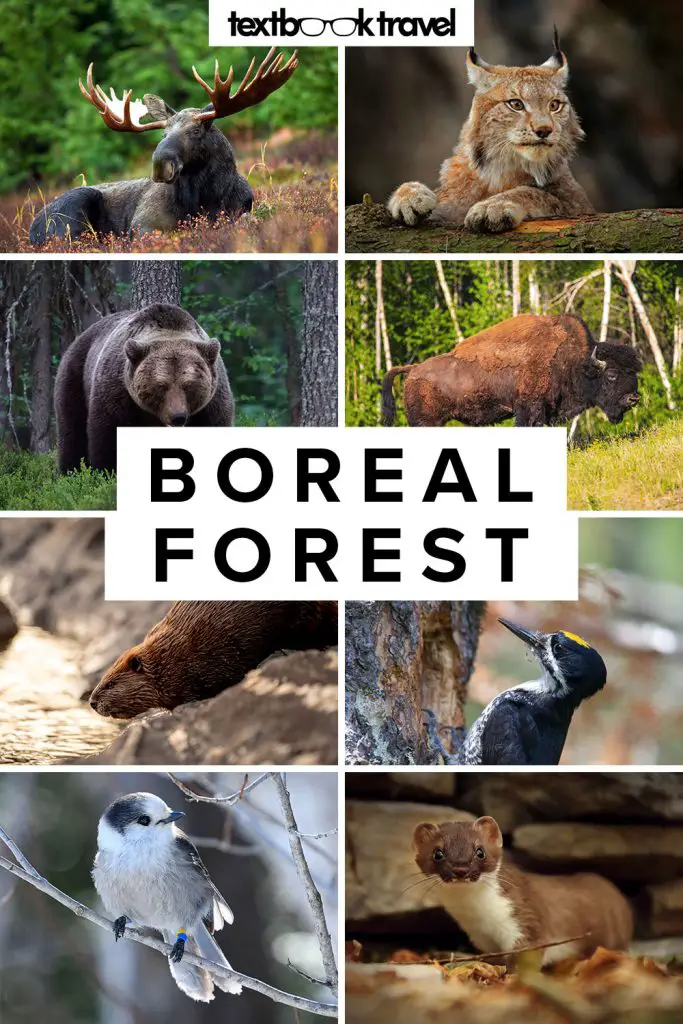Animals of the Boreal Forest Biome
Also known as taiga or snow forest, this band of dark green trees sits between the Arctic tundra in the north and the temperate forests further south. The temperatures here are still cold but the lack of permafrost and increased precipitation allow for the growth of these spectacular forests. The trees in this biome are mostly coniferous; instead of leaves and flowers, they bear needles and cones, which do not shed at the end of the summer—hence their evergreen moniker. In a similar fashion to the robust vegetation of the taiga, the animals here are also a hardy bunch dressed head to toe in thick fur to tackle the long winter months.
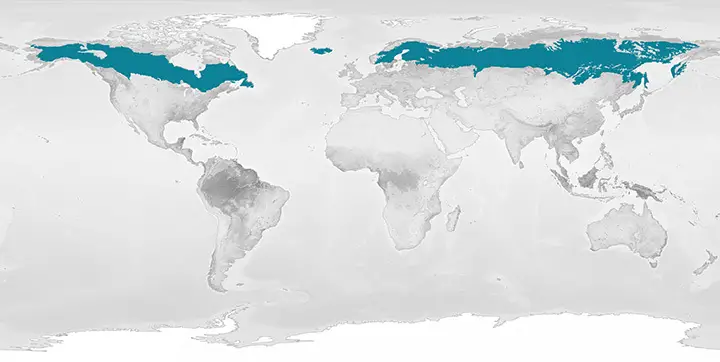
Boreal Forest Facts
- Characteristics: Cold, low precipitation and coniferous trees
- Temperature Range: -40°C / -40°F to 20°C / 68°F
- Precipitation: 300 to 900 millimeters / 12 to 35 inches of rain per year
- Vegetation: Spruces, pines and firs
The primary consumers of the Boreal forest are dominated by species of deer including moose, reindeer, elk and roe deer. Moose in particular famously inhabit the taiga, their range extending only slightly further south into temperate forests where they struggle with the heat. Wood bison—not to be confused with plains bison who live further south—are found in the forests of northwestern Canada and Alaska. These gigantic creatures can reach almost 1200kg / 2600lbs and stand up to 3.35m / 11ft tall making them the largest terrestrial animal in North America.
Left – Wood Bison portrait | Unsplash: Pete Nuij & Right – Bull Moose | Pixabay: David Mark
Although rare, by far the most terrifying creature to roam the snow-ladened forests of the taiga is the Amur tiger. Also known as the Siberian tiger, these incredible predators are found exclusively in far eastern Russia and are the largest of the felids, weighing upwards of 300 kg / 660 lbs. Another family of wild cats adept at traversing the snowy terrain are Lynx, of which two species inhabit boreal forests; the Eurasian Lynx who occupy much of northern Eurasia and the Canada Lynx who roam the forests of Canada and Alaska in search of snowshoe hares. Brown bears are also found in this biome throughout much of Canada, Alaska and northern Eurasia and have even been known to battle the aforementioned Amur tiger from time to time.
Left – Eurasian lynx & Right – Brown Bear in Viiksimo, Finland | Frank Vassen on Flickr
There are many small mammals that thrive in this biome including beavers, martens, otters, stoats, weasels and mink. The second largest of the order, Rodentia, beavers are semi-aquatic mammals who build dams with vegetation and rocks to provide shelter. These dams are so pivotal to the eco-systems in which they exist, beavers are thought of as a keystone species—those who have a disproportionate effect on their environment. Along with otters, weasels and mink, stoats are members of the Mustelidae family; they are voracious predators of the taiga known to decimate populations of birds and small mammals such as rabbits.
Left – Beaver in Voyageurs National Park, Northern Minnesota | Unsplash: Tim Umphreys & Right – Stoat | Flickr: Charlie Marshall
There are roughly 32,000 species of insects in Canada’s boreal forests alone, which make for quite the feast for both the taiga’s permanent aerial residents and the flocks of migratory birds who visit in the summer. Some of the most beautiful birds here include great grey owls, great horned owls, ptarmigans, woodpeckers and the Canada jay. The black-backed woodpecker—whose Latin name means northern or arctic—breeds in the boreal forest and can be found drilling their nests into trees or hunting for beetles. Although there are a few species found in the taiga—such as the wood frog and the boreal chorus frog—amphibians and reptiles do not fare well in this frigid climate.
Left – Black-backed woodpecker, Brunswick, Vermont | WikiCommons: U.S. Fish and Wildlife Service & Right – Canada jay, Algonquin Provincial Park, Ontario | WikiCommons: Mykola Swarnyk
Excuse me! Are you on Pinterest?! Here are a couple of pins! Right: Frank Vassen on Flickr
